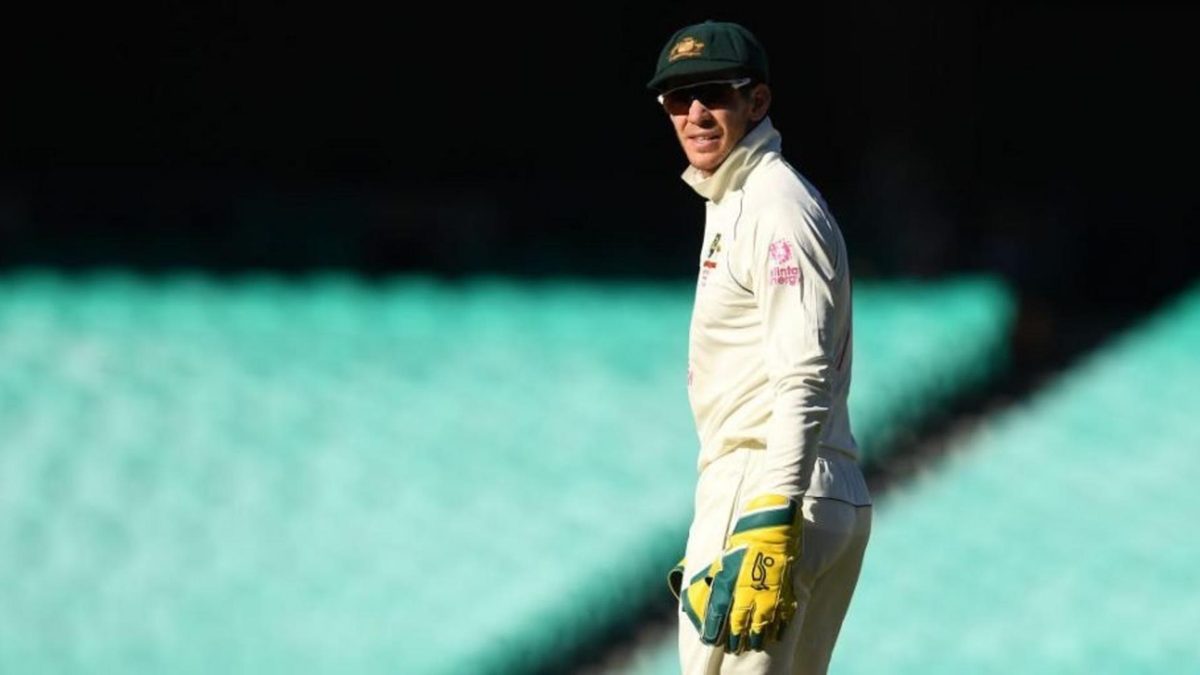
While Australia head coach Justin Langer has unequivocally backed his captain Tim Paine after the latter’s difficult outing as both wicketkeeper and leader in the SCG Test, Paine is unlikely to retain the captaincy for a huge while longer.
Paine, who has led the team since the infamous Cape Town Test in 2018, will be 37 by this year’s Ashes series and Australia have just four Tests scheduled – three away to South Africa and one at home to Afghanistan – between the ongoing Border-Gavaskar Trophy series and their defence of the urn.
Regardless of what takes place in the next 10 months, Australia will go into the Ashes as overwhelming favourites. A second consecutive successful defence of the urn under Paine’s leadership may well signal the perfect time for Paine to call it a day. Equally, it is unlikely his captaincy would survive a home Ashes series defeat.
With it possibly not being that long – in terms of the number of Tests Australia will play – before Australia appoint Paine’s successor, here’s a look at the most likely candidates, and the pros and cons of each choice:
Steve Smith:
Pros:
Smith’s done the job before and there’s little evidence to suggest that the role affects his prolific run-scoring. Under his leadership, Australia enjoyed a stint at the top of the Test rankings and Smith also has recent captaincy experience with the Rajasthan Royals in the IPL.
Cons:
Smith’s captaincy ban only recently expired and given the acrimonious manner in which his previous stint came to an end, reappointing Smith to the role might not be worth the hassle. The overblown reaction to ‘Scuffgate’ suggests a public that is still not wholly sympathetic towards him.
Travis Head
Pros:
A man with obvious leadership ability, Head was handed the South Australian captaincy at the age of just 21, making him the youngest skipper in their history. Head has also already enjoyed a stint as the Test vice-captain.
Cons:
He’s not currently in the Australia team. While he’s hardly been a disappointment in Test cricket – his average currently sits marginally below 40 – Matthew Wade currently occupies the No. 5 slot in the side in Head’s stead. That may change in the near future, but until he properly establishes himself in the side – who knows, they may happen by the end of next year’s Ashes – backing Head at this stage could be risky.
Marnus Labuschagne
Pros:
Labuschagne has enjoyed a marvellous start to his Test career and his place in the side is already guaranteed. In fact, Warner and Smith aside, he’s the only Australian top six batsman with a spot nailed down in the side.
Cons:
Labuschagne has very little leadership experience and while his infectious enthusiasm is refreshing, he doesn’t carry the aura of a potential Test captain at this point in his career.
Pat Cummins
Pros:
The most likely option. Cummins is one of the very best Test cricketers in the world right now. He’s an excellent talker and rarely, if ever, is embroiled in controversy.
Cons:
He’s a bowler. Rightly or wrongly, very few Test captains in recent times have been frontline bowlers. Conventional cricketing wisdom often dictates that juggling the pressures of captaincy alongside the expectations that come with being an attack leader can be troublesome.








